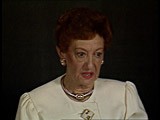You searched for: 购物返利源码快速搭建【TG���������@EK7676】平台包网搭建购物返利源码快速搭建【TG���������@EK7676】平台包网搭建9Eb2e2vuAK
<< Previous | Displaying results 151-175 of 299 for "购物返利源码快速搭建【TG���������@EK7676】平台包网搭建购物返利源码快速搭建【TG���������@EK7676】平台包网搭建9Eb2e2vuAK" | Next >>
-
Izak Lichtenstein Testimony Excerpt
ArticleRead an excerpt from Izak Lichtenstein’s 1947 testimony about the resistance movement in the Lachva (Lachwa) ghetto.
-
SS: Key Dates
ArticleKey dates in the history of the SS (Schutzstaffel; Protection Squadrons), charged with the leadership of the “Final Solution,” the murder of European Jews.
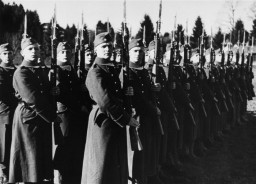
-
Theresienstadt: Final Weeks, Liberation, and Postwar Trials
ArticleThe Theresienstadt camp-ghetto existed from 1941 to 1945. Learn about its final weeks, liberation, and the postwar trials of SS commandants and other staff.
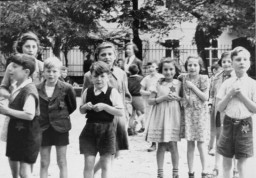
-
Bergen-Belsen: Key Dates
ArticleExplore a timeline of the history of the Bergen-Belsen camp in the Nazi camp system. Initially a POW camp, it became a concentration camp in 1943.
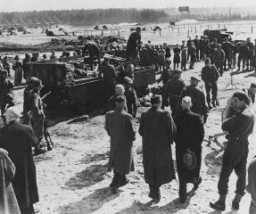
-
The Press in the Third Reich
ArticleAfter rising to power, the Nazis eliminated freedom of the press in Germany. Learn more about how they established control over the press and manipulated it.
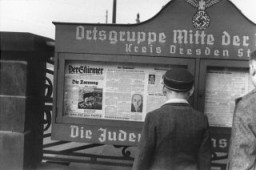
-
Death Marches
ArticleAs Allied forces approached Nazi camps in the last months of WWII, the SS organized brutal “death marches” (forced evacuations) of concentration camp inmates.
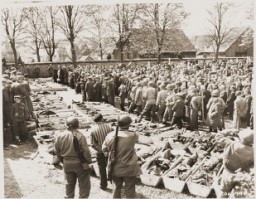
-
Stutthof
ArticleLearn about the Stutthof camp from its establishment until liberation in May 1945, including conditions, forced labor, subcamps, and death marches.
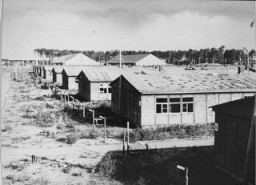
-
Raoul Wallenberg and the Rescue of Jews in Budapest
ArticleSwedish diplomat Raoul Wallenberg led an extensive rescue effort during the Nazi era. His work with the War Refugee Board saved thousands of Hungarian Jews.

-
Kindertransport, 1938–40
ArticleKindertransport refers to a series of rescue efforts between 1938 and 1940 that brought thousands of refugee children to Great Britain from Nazi Germany.
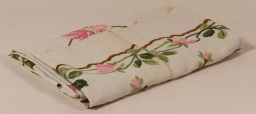
-
Theresienstadt
ArticleThe Theresienstadt camp/ghetto served multiple purposes during its existence from 1941-45 and had an important propaganda function for the Germans. Learn more.
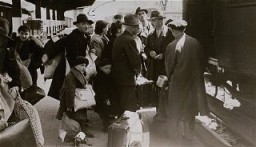
-
Berlin
ArticleBerlin was home to Germany’s largest Jewish community. It was also the capital of the Third Reich and the center for the planning of the "Final Solution."
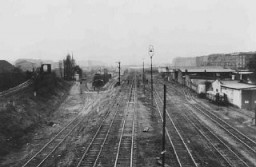
-
Tarnow
ArticleLearn about the prewar Jewish community of Tarnow, German occupation, deportations and killings of the Jewish population, ghettoization, and resistance.
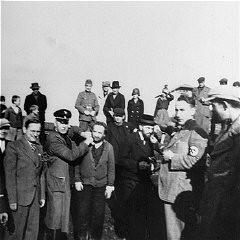
-
Riga
ArticleGerman forces occupied Riga, Latvia in July 1941. Learn more about the establishment of the Riga ghetto, mass shootings of Jews, and Jewish resistance.
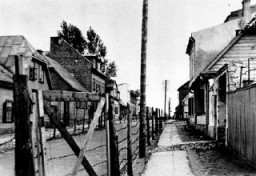
-
The Evian Conference
ArticleAt the July 1938 Evian Conference, delegates from nations and organizations discussed the issue of Jewish refugees fleeing persecution in Nazi Germany. Learn more
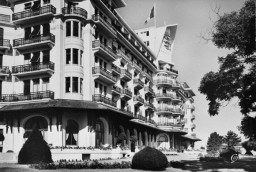
-
Death Marches
ArticleNear the end of WWII, the Germans began marching prisoners out of camps and away from the front. Read more about the brutal conditions of these death marches.
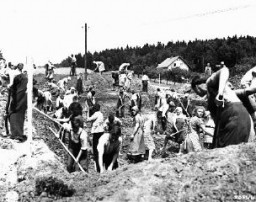
-
Prisoners of the Camps
ArticleJews were the main targets of Nazi genocide. Learn about other individuals from a broad range of backgrounds who were imprisoned in the Nazi camp system.
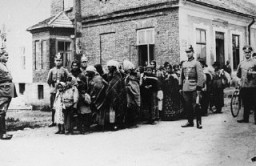
-
1939: Key Dates
ArticleExplore a timeline of key events during 1939 in the history of Nazi Germany, World War II, and the Holocaust.
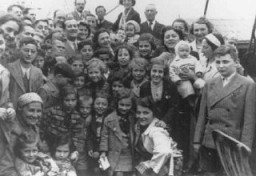
-
Flossenbürg: Key Dates
ArticleExplore a timeline of the history of the Flossenbürg camp in the Nazi camp system from its establishment in 1938 until liberation in 1945.
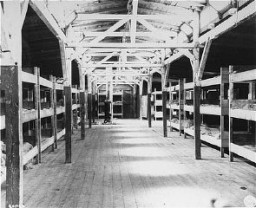
-
Purim
ArticleLearn about the background and traditional observances of Purim, a Jewish holiday marking the deliverance of the Jews from a royal death decree.
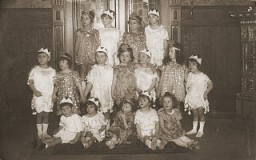
-
The Biological State: Nazi Racial Hygiene, 1933–1939
ArticleBetween 1933-1939, Nazi eugenics and racial hygiene led to policies like mass sterilization and criminalizing marriage between Jews and non-Jews.
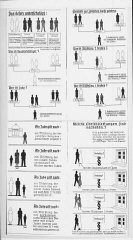
-
The SA
ArticleThe SA (Sturmabteilung) was a paramilitary organization integral to Hitler’s ascension to power. Learn more about the rise and fall of the SA.
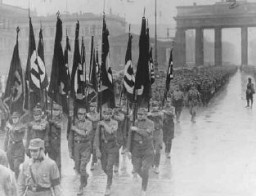
-
King Christian X of Denmark
ArticleDid King Christian X of Denmark wear a yellow star in support of the Danish Jews? Read more about the historical truth behind the legend.
-
Mein Kampf
ArticleAdolf Hitler's Mein Kampf (My Struggle) is the best known and most popular Nazi text ever published with over 12 million copies sold from 1925 to 1945.
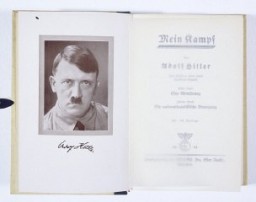
-
Raoul Wallenberg Arrives in Budapest
Timeline EventJuly 9, 1944. On this date, Raoul Wallenberg arrived in Budapest and began his wartime rescue efforts.
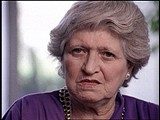
-
German Troops Occupy Hungary
Timeline EventMarch 19, 1944. On this date, Germany occupied Hungary and installed General Dome Sztojay as prime minister.
